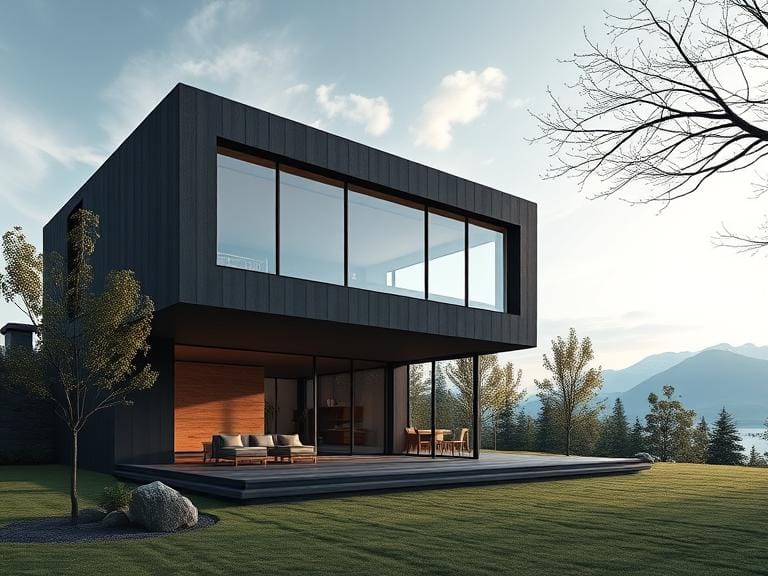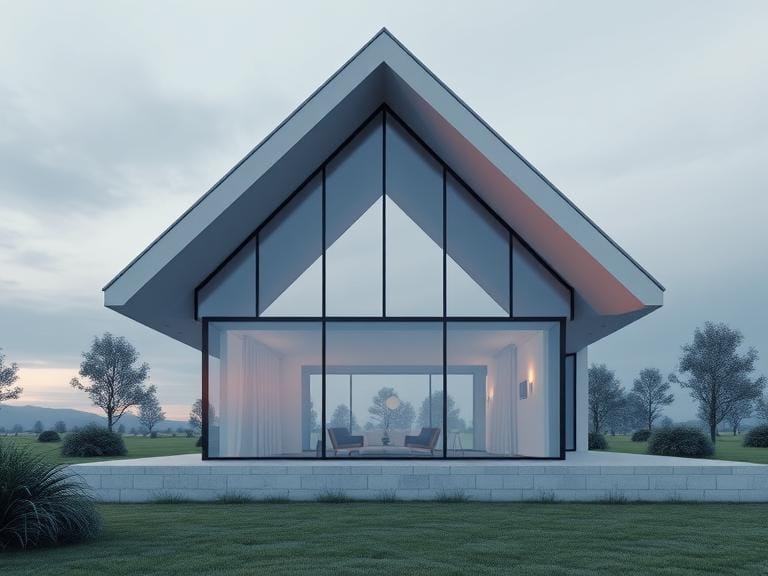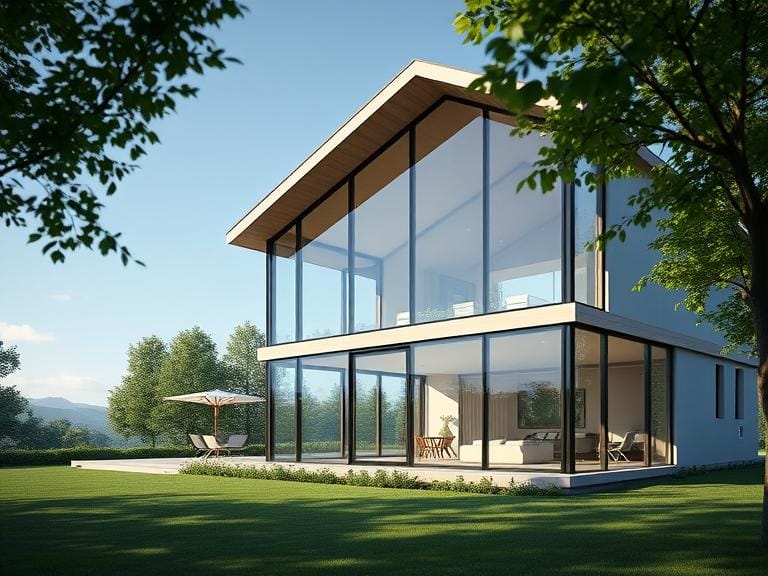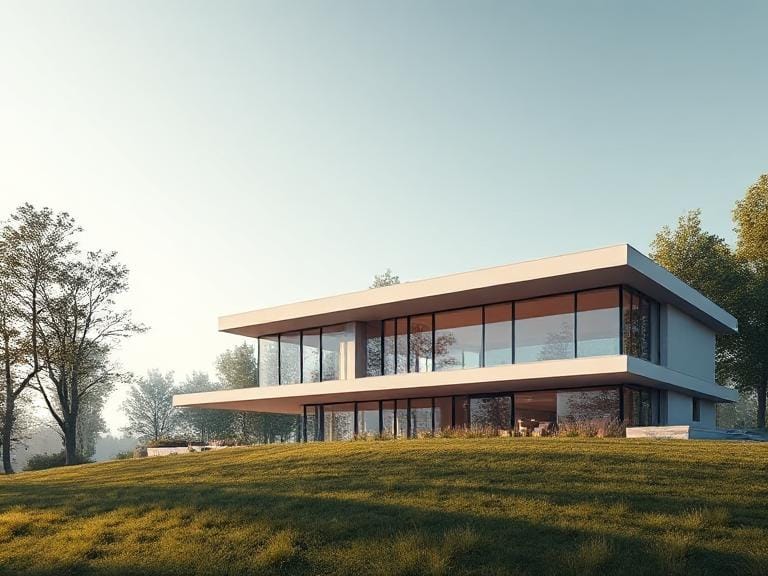How Commercial Window Tinting Enhances Productivity and Reduces Glare
Commercial window tinting refers to the application of specialized films or coatings to the glass surfaces of commercial buildings. These films serve various functions, ranging from enhancing aesthetics to improving energy efficiency and ensuring occupant comfort. The window films available in the market can be broadly categorized into several types, including solar control films, decorative films, security films, and privacy films. Each type of film offers distinct advantages tailored to meet the specific needs of businesses.
Solar control films are particularly popular due to their ability to reduce heat gain and glare from sunlight, which can help maintain a consistent indoor temperature, thereby enhancing energy efficiency. These films typically utilize materials such as polyester or metal to reflect or absorb solar energy. Decorative films, on the other hand, can transform the appearance of a space while allowing natural light to filter through, making them suitable for offices that wish to create a more inviting environment.
Security films provide an additional layer of protection by reinforcing windows and making it more difficult for break-ins to occur. These films are often thicker and made of durable materials, which help hold the glass together in case of shattering. Lastly, privacy films are ideal for spaces where confidentiality is essential, such as conference rooms or offices, as they obscure the view while still allowing light to enter the room.
The installation of commercial window tinting films usually requires professional expertise to ensure optimal application and longevity. This process typically involves cleaning the glass surface, measuring the windows accurately, and meticulously applying the film to avoid bubbles and imperfections. By investing in commercial window tinting, businesses not only enhance their workspace but also contribute positively to the sustainability of their operations, safeguarding furnishings and improving employee well-being.
The Impact of Glare on Productivity
Glare from sunlight is a significant concern in modern workplaces, affecting not only the comfort of employees but also their overall productivity. Excessive light exposure can lead to various issues, prominently including eye strain, decreased focus, and heightened discomfort. These factors can adversely affect how well employees perform their tasks, thereby influencing the overall productivity of the organization.
According to studies, approximately 83% of office workers experience discomfort due to glare from windows. This discomfort can manifest in several ways; for instance, employees may squint, adjust their seating positions frequently, or take unscheduled breaks to rest their eyes. The American Optometric Association has reported that prolonged exposure to glare can lead to symptoms such as headaches, blurred vision, and difficulty concentrating, all of which contribute to a noticeable decline in workplace performance.
The correlation between glare reduction and enhanced employee performance is supported by further research. A study published in the journal “Applied Ergonomics” demonstrated that employees in workplaces with proper glare control through window treatments were able to maintain a higher focus on their tasks. Moreover, productive environments reported a 20% increase in the efficiency of work completed, showcasing a compelling link between glare management and productivity levels.
Utilizing commercial window tinting as a solution not only mitigates the impact of glare but also fosters a more conducive work atmosphere. By controlling the amount of sunlight entering the workspace, businesses can create an environment that promotes visual comfort and encourages higher performance levels. Employees are more likely to remain engaged and focused when they are not battling eye strain or discomfort caused by excessive brightness. Thus, addressing glare effectively becomes crucial to nurturing a productive workplace.

How Window Tinting Reduces Glare
Glare in office environments can significantly diminish employee comfort and productivity. Commercial window tinting provides a practical solution by effectively reducing this adverse effect. The mechanisms behind glare reduction involve various types of tints that either reflect or absorb sunlight. By selecting an appropriate window film, businesses can tailor their workspace atmosphere to enhance employee focus and overall comfort.
The primary objective of glare-reducing window tinting is to minimize the amount of sunlight that enters through windows. Darker tints are specifically designed to absorb more light, thereby decreasing the intensity of natural light while maintaining adequate visibility. Conversely, reflective tints serve to bounce light away from the glass surface, further diminishing glare. These films can be utilized selectively based on the exposure of each window or the specific needs of different office spaces. For instance, areas that receive direct sunlight throughout the day might benefit from a darker or more reflective tint, while spaces with indirect sunlight may require a lighter tint that still mitigates glare without overly darkening the environment.
In addition to glare reduction, another crucial aspect of window tinting is its ability to block harmful UV rays, which can cause discomfort, eye strain, and long-term health issues for employees. Most commercial window films offer significant UV protection, safeguarding not only personnel but also office furnishings and equipment from sun damage. This added layer of protection contributes to a more pleasant and stable working environment.
Ultimately, investing in the right window tinting not only mitigates glare but also supports a healthier workplace. The combination of glare reduction and UV protection creates an atmosphere that caters to the well-being of employees while advancing productivity levels, making it a valuable consideration for any business.
Benefits of Enhanced Productivity Through Window Tinting
Commercial window tinting offers various advantages that contribute significantly to enhanced workplace productivity. One of the primary benefits is improved employee well-being. By reducing glare and regulating indoor temperatures, window tinting creates a more comfortable working environment. Employees are less likely to experience discomfort caused by excessive sunlight, which can lead to headaches and distraction. Consequently, this comfort results in higher job satisfaction and greater focus on tasks.
In addition to well-being, another significant advantage is the potential for reduced absenteeism. Exposure to harsh sunlight can exacerbate stress and health-related issues among employees, resulting in increased sick days. By installing window tinting, businesses can help mitigate these issues, thus fostering a healthier workforce. Testimonies from various companies have shown that after implementing window tinting, they experienced a notable decrease in absenteeism rates, attributed to a more stable and pleasant indoor environment.
Another aspect contributing to productivity is the enhanced concentration levels among employees. Natural light, while beneficial, can be a double-edged sword. Too much direct sunlight can hinder focus and reduce productivity. Window tinting strikes an effective balance by allowing ample natural light to enter while minimizing distractions caused by glare. This fosters an atmosphere conducive to sustained attention on work tasks, which directly correlates with productivity increases.
Moreover, case studies indicate that companies adopting window tinting solutions have reported tangible improvements in overall workplace morale. Enhanced comfort and reduced disturbances create an environment where employees feel valued and respected. As morale increases, so does efficiency, driving performance and business growth. All these factors combined illustrate that commercial window tinting is not merely an aesthetic enhancement, but a strategic move towards fostering elevated productivity in the workplace.







